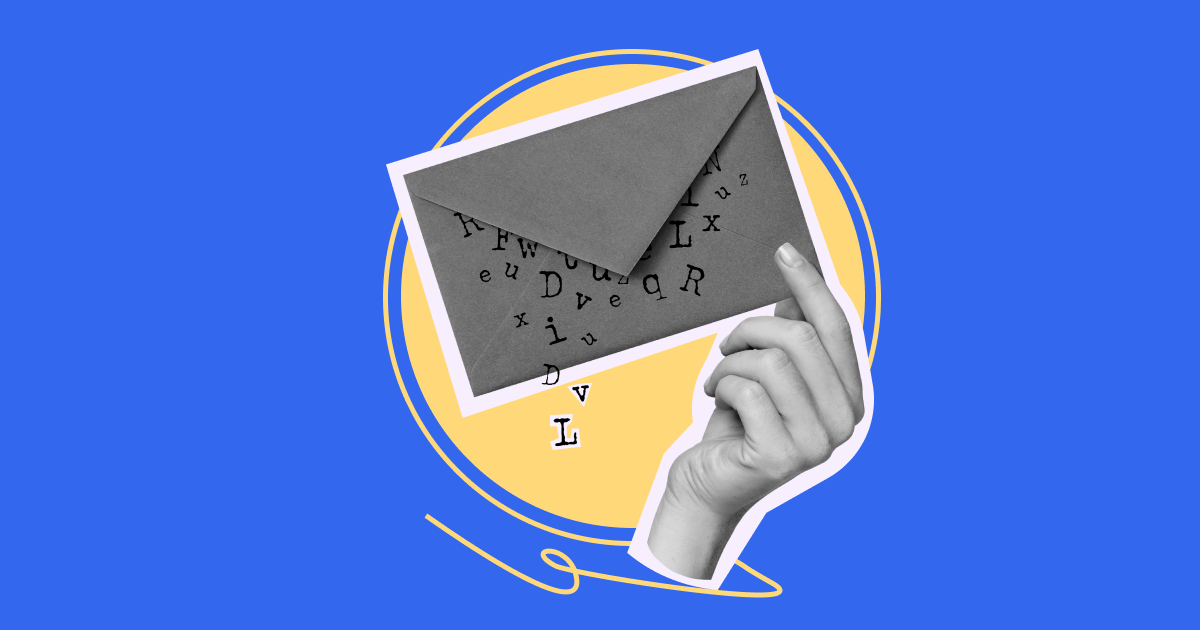What is a plain text email?
Plain text emails are emails that consist of text only. These emails don’t feature any type of email design elements such as graphics, CTA buttons, or hyperlinks. Also, plain text emails usually use basic fonts and black and white colors.
A plain text version of an email can be sent on its own, separately from the HTML-based one. However, you can also send the two versions together as a backup for email clients that don’t support HTML emails. Including plain text versions in HTML emails is called Multipurpose Internet Mail Extensions or MIME. When choosing between HTML and plain text, consider opting for MIME and also make sure you know all the main differences between HTML and plain text emails that may affect your choice.
Below, we’ll explain why you might want to choose plain text formatting instead of, or along with, HTML.

























